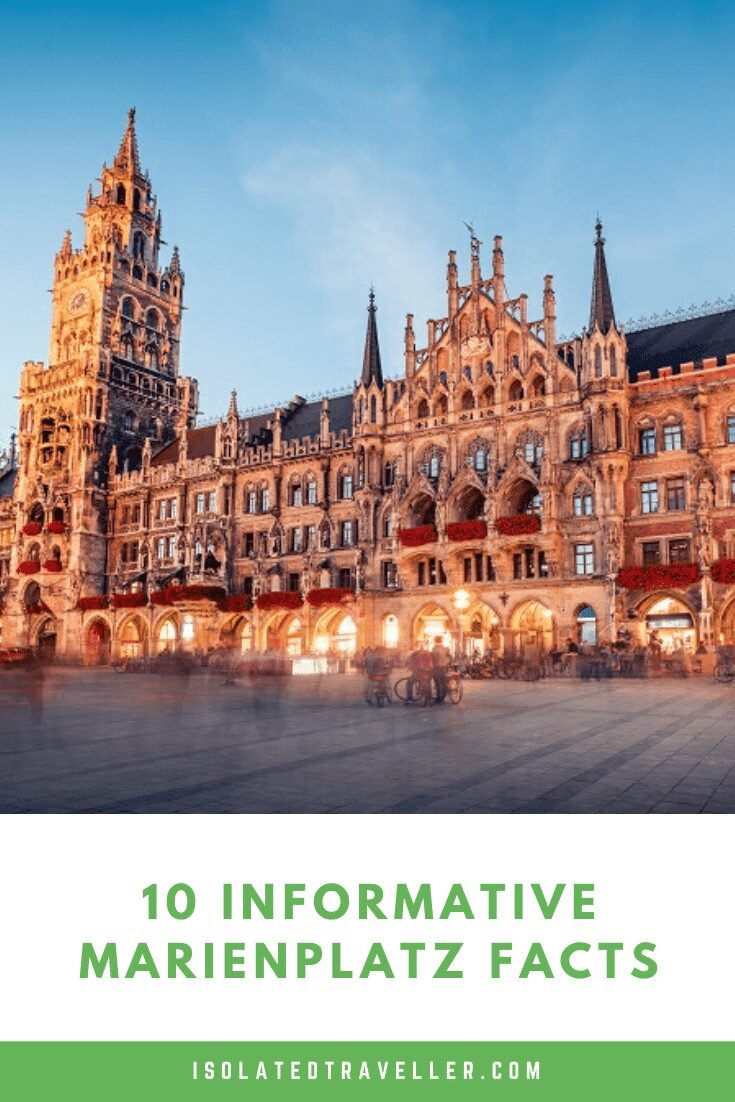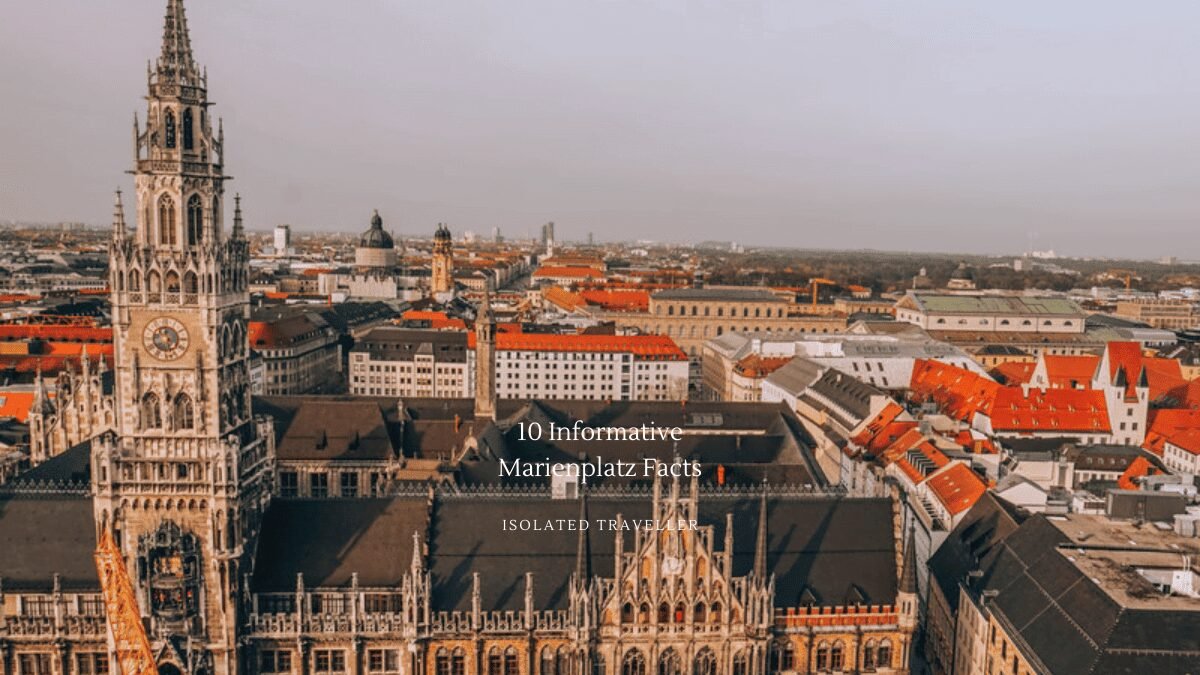Informative Marienplatz Facts
-
Marienplatz is a central square in the city centre of Munich, Germany.
-
Marienplatz has been the city’s main square since 1158.
-
Marienplatz was named after the Mariensäule, a Marian column erected in its centre in 1638 to celebrate the end of Swedish occupation.
-
Today the Marienplatz is dominated by the New City Hall on the north side, and the Old City Hall on the east side.
-
Three weeks before Christmas the Christkindlmarkt opens at Marienplatz and other squares in the city, selling Christmas goods and food and drink.
-
The Old city hall (Altes Rathaus) was built between 1470 and 1480.
-
The large column at the center of the square is known as the column of St. Mary. It was erected in 1638 to celebrate the end of the Swedish invasion.
-
In 1807 Marienplatz’s market moved to the nearby Viktualienmarkt, but the square still continued to be the city’s focal point.
-
At each corner of the column’s pedestal is a statue of a putti, created by Ferdinand Murmann. The four putti’s symbolize the city’s overcoming of war, pestilence, hunger and heresy.
-
At 11, 12 and 17 o’clock each day, visitors can watch the famous Glockenspiel or carillon. The figures perform the Schäfferltanz or Cooper’s dance, which was originally performed in 1517 at the Marienplatz to commemorate the end of the plague.


